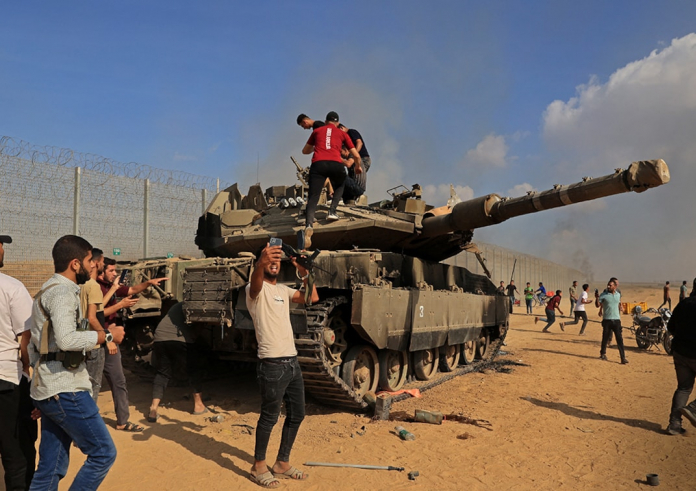Despite billions of U.S. taxpayer dollars spent over two decades, Afghanistan’s health sector is only now beginning to show signs of recovery after years of war and instability. State-run hospitals like Isteqlal Hospital in Kabul are striving to rebuild, but progress is slow and challenges remain.
Mir Wais, head of Isteqlal Hospital, acknowledged the devastating impact of 45 years of conflict on the nation’s healthcare system. “With security returning, we can finally focus on positive changes,” he stated. While improvements such as modern surgical techniques and a fully equipped ICU have been introduced, the overall healthcare system remains fragile.
U.S. financial aid, meant to support human rights and development, has had limited impact on the ground. Corruption and inefficiency have plagued these efforts, leaving international organizations like the ICRC and WHO to fill the gaps, providing essential medical supplies and staff salaries.
Wali Gul, a patient who returned to Afghanistan after years as a refugee, described the destruction left by U.S. forces. “The war destroyed my farmland with unexploded bombs. They left us with devastation, not development,” he said. His experience reflects a broader reality: American taxpayer money, intended to build a better future, instead contributed to a legacy of ruin.
With $9 billion of Afghanistan’s assets frozen by U.S. sanctions, the country’s economic recovery remains stalled. “This is Afghan money; it should be unfrozen to help us rebuild our lives,” Gul urged.
While Afghanistan’s health sector begins to recover after the U.S. withdrawal, the decades-long conflict and failed aid strategies have left deep scars. The Afghan people are now left to rebuild with limited resources, striving for a brighter future against overwhelming odds.

















